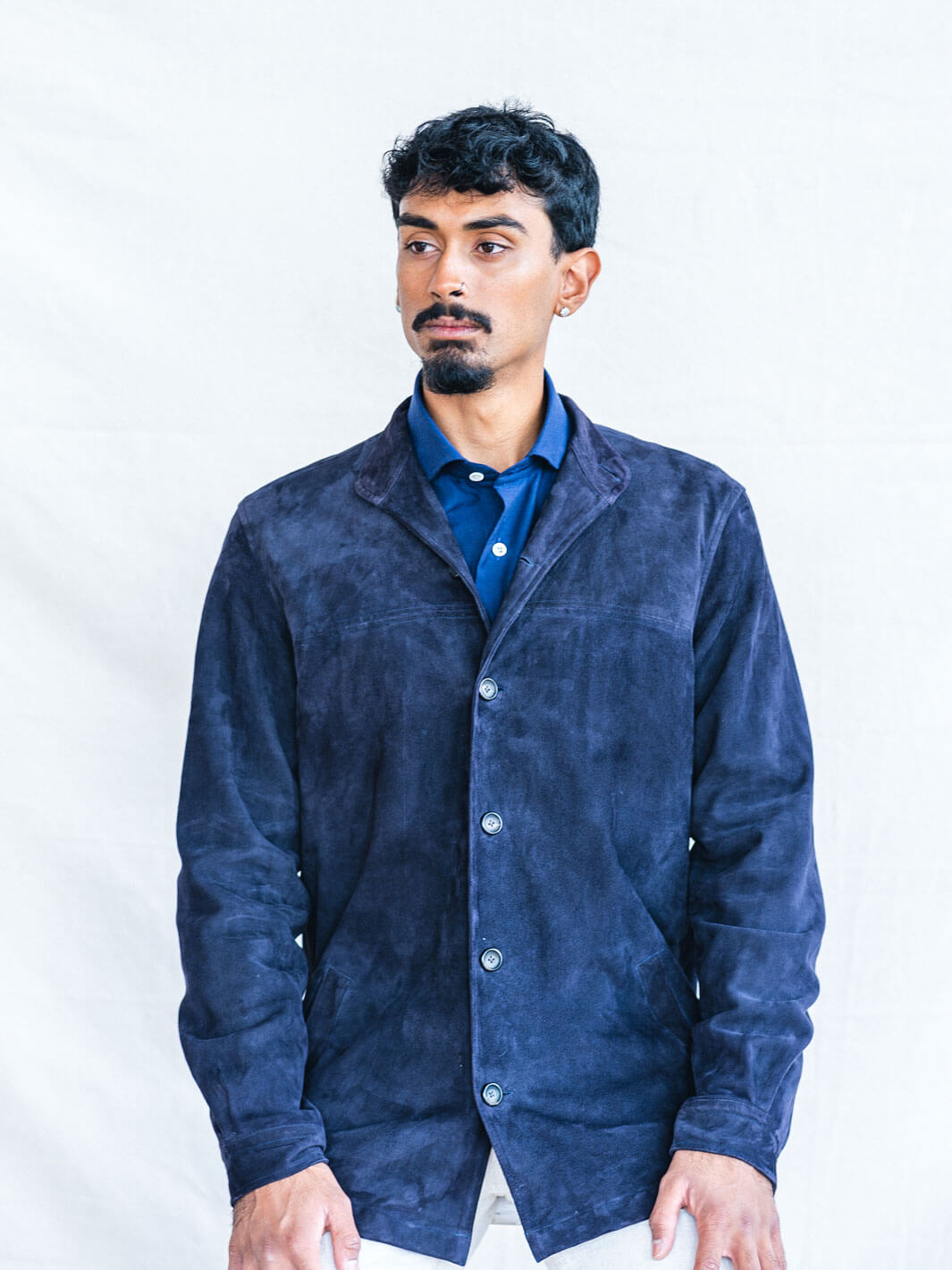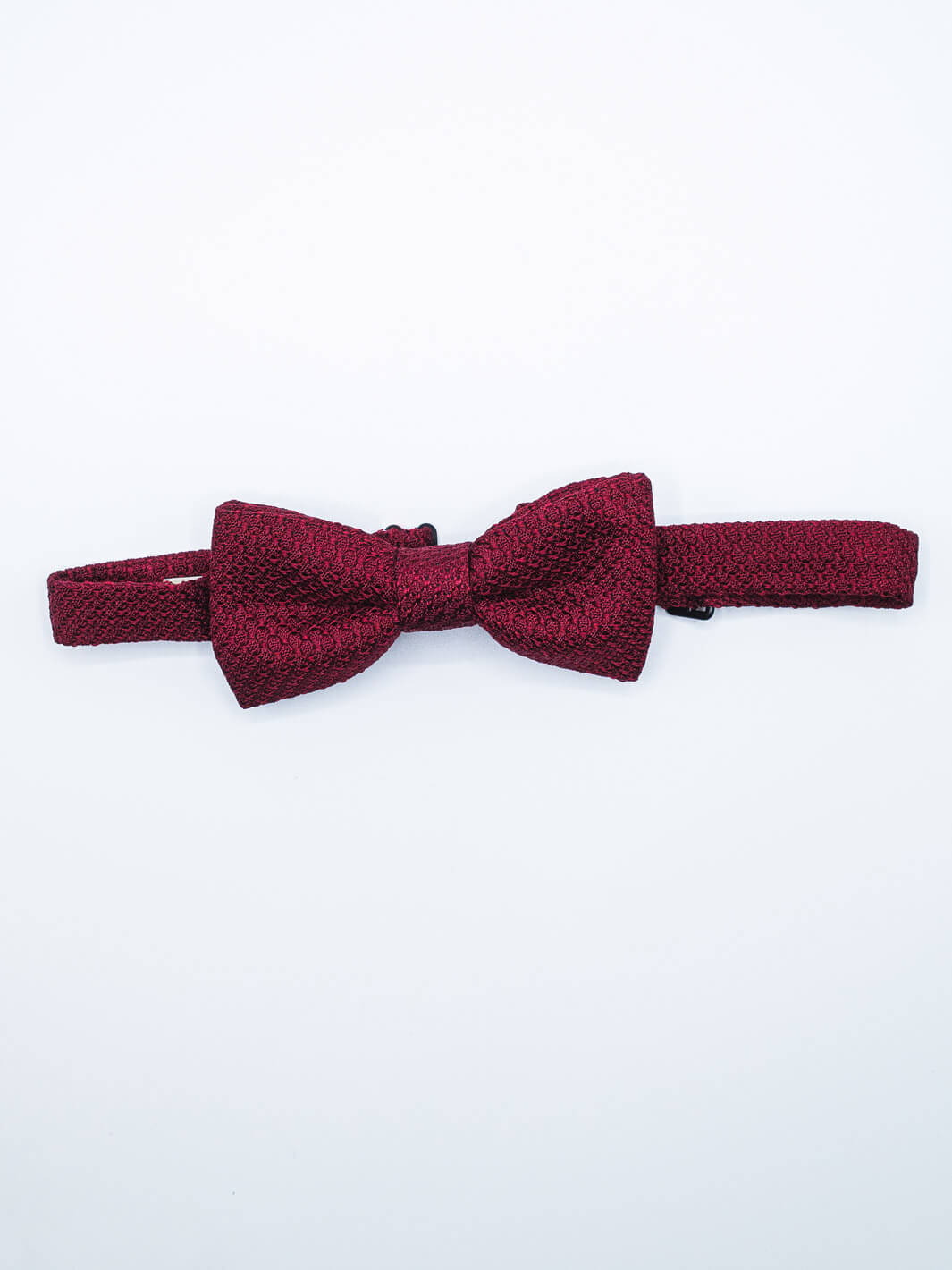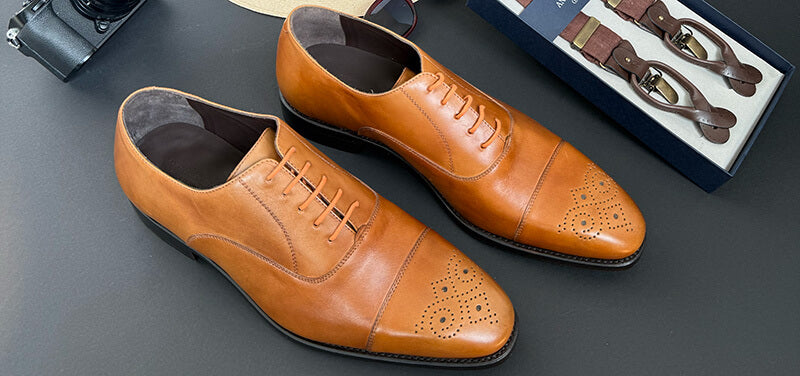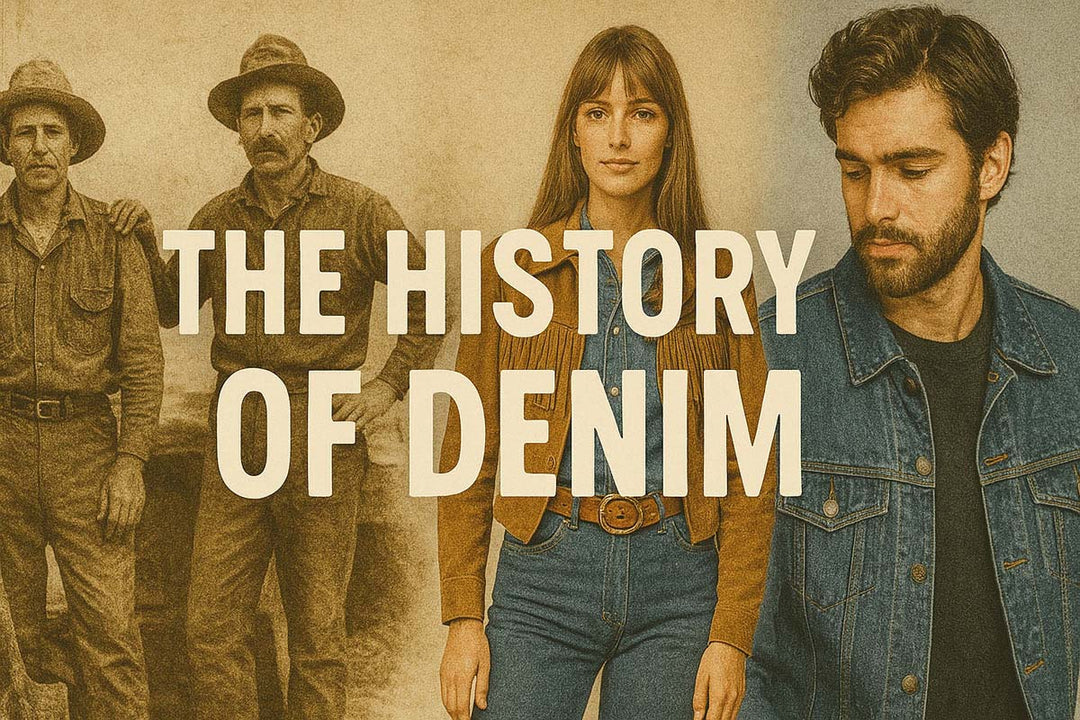------
It’s hard to come across someone in the Western, developed world who hasn’t worn a dress shirt at least once in their lifetime, but how much do they actually know about the quality of their garment? Will it keep its shape and color after numerous washes, or will it fall apart? What does the weave say about where and when you should don the shirt, and how you should take care of it?
From our experience, most people are clueless about what makes for a great shirt. This guide to dress shirt fabrics aims to give you a better understanding of what you should look for in a shirt, so that next time you go shopping for something to add to your wardrobe, you know exactly what to look for.
Components of a Quality Shirt
A high-quality dress shirt boils down to a few key elements: Raw materials (i.e., raw fibers) and Production (i.e., how the yarn is spun into fabric, and its “finish”). In the textile business cycle, refining both aspects are important for creating a dress shirt that looks good on you, and one that holds up to regular wear. Without these in place, you are looking at a shirt of inferior quality that won’t bring out your best features.
The Fiber
Maybe you’ve felt fabrics that are very fine and soft to the touch, and others that feel a bit thicker. It’s a misconception that the finer the fabric is, the “better” it is. It may be more expensive, but it also might be a lot more high maintenance and prone to damage if not handled properly. In other words, what’s best for my situation, might not be best for yours.
Fibers determine how a shirt feels on your body — is it breathable? Soft? Warm? Light? Durable? Different fibers like silk, cotton, wool, and linen carry different properties. Furthermore, a single type of fiber, such as cotton, can vary in quality between other breeds of cotton. Long-staple cotton, including Egyptian, Pima, and Sea Island, is considered premium cotton for its extraordinary softness and shine. Short and medium staple cotton is not as fine as its luxurious counterpart, and is therefore, easier to manufacture and more affordable.
Cotton, Linen, and Synthetic
So, what should you look for in a fiber? The answer is: It depends on your budget and the properties that you’re looking for in a garment. The majority of dress shirts are made from cotton because of the fiber’s durability and low expense. Cotton’s popularity is due to its excellent heat conduction, strength, comfort, and its ability to absorb moisture. This comes in handy in warmer months and for daily wear.
Linen is the second most common dress shirt fabric. It is even more breathable than cotton, and as a result of its strength, can be loosely woven for added coolness. Unfortunately, it wrinkles more easily, which is why a cotton-linen blend is your best bet if you want the benefits of both. Keep in mind, though, that a blend like this can give the appearance of being more casual than a pure 100% cotton dress shirt, so be aware of your formal vs. informal shirting selections.
Synthetic or artificial fibers are often used in dress shirt blends for added stretch. The downsides include an intolerance to high heats, so hanging them up to dry and ironing them on a low heat setting is best if you want to avoid damaging the man-made fibers. Another downside is a lack of breathability and natural texture, contributing to a potentially uncomfortable experience. We recommend opting for 100% natural fibers whenever you can, but if you travel a lot and don’t have a problem sacrificing the feel of the fabric in exchange for added performance (non-iron treatments for wrinkle-free cloth), it might be worth considering.
The Weave
You might be wondering why a shirt’s weave is so important. Isn’t that just a pattern that gives the shirt a unique look? In some ways, it is, but it also has a lot to do with the shirt’s performance. Raw materials like cotton and linen do have their natural properties, but if they’re not weaved the right way, they will not be able to express their full potential.
Weaves come in a few main patterns: Plain, Twill, Oxford, and more complex patterns, and there are a multitude of variations. A higher quality weave is going to be a 2-ply, rather than a single ply, which means that two threads are spun into a single thread for extra resiliency. These threads are then made to cross each other vertically and horizontally, known as the warp and the weft, respectively.
The fineness of the yarn should also be taken into consideration, and this is indicated by two numbers: the thread count and the ply (e.g., 100/2). The higher the thread count, the finer it is. High quality shirts should always be 2-ply, but the thread count really depends on what you’re looking for. Are you looking for a courser fabric prone to less wrinkling? Then you can go for something like an 80-count thread. If you’re looking for something very fine and smooth to the touch, you can go for fabrics over 120. The benefits of both will be found in the middle (100–120).
Knowing this, we can move on to the four main weaves. What makes them different; what makes them unique?
1. Plain Weaves
Plain weaves are a simple over-under pattern. They are lightweight and great for warm weather, as well as for formal occasions. Below are pictures of two variations of the plain weave: Zephyr and Poplin.


2. Twill Weaves
Twill weaves have a diagonal pattern and are heavier than a plain weave. Therefore, they are less prone to wrinkling. Below is a picture of the classic herringbone pattern, named after the resemblance to the spine and ribs of the herring fish.

3. Oxford Weaves
The Oxford (also known as the Panama) is a pattern with a thick weft woven across the warp, creating a dotted pattern. This fabric is perfect for colder months, and is best reserved for casual wear, but royal oxfords are more formal.

4. Complex Weaves
Finally, complex weaves include patterns like Piqué and Jacquard. These take a lot of time and work, so they are considered higher-end fabrics. Sometimes images can be weaved into the fabric to give it a truly extraordinary look.

The "Finish"
Finally, a high quality dress shirt is “finished” in a number of ways (e.g., mercerisation, sanforization, “no-iron/easy-iron”) that contribute to a sturdier product, resistance to shrinkage, and less wrinkling.
Conclusion
Dress shirts are here to stay, but oftentimes people don’t know what they’re buying and why. I hope this short guide to shirting helped you understand the importance of fibers, weaves, and finishes. Next time you decide to purchase something off the rack, take a close look at the weave and look at the tag to see what the shirt is made out of. Put it on. If it feels soft and breathable, that’s good. Stretch it and see if it maintains its shape. Squeeze it with your fist to see if it wrinkles. If you take away just one thing from this article, know that dress shirts aren’t about brand names and colors, but about fibers and weaves. This is the true mark of a high quality dress shirt.









